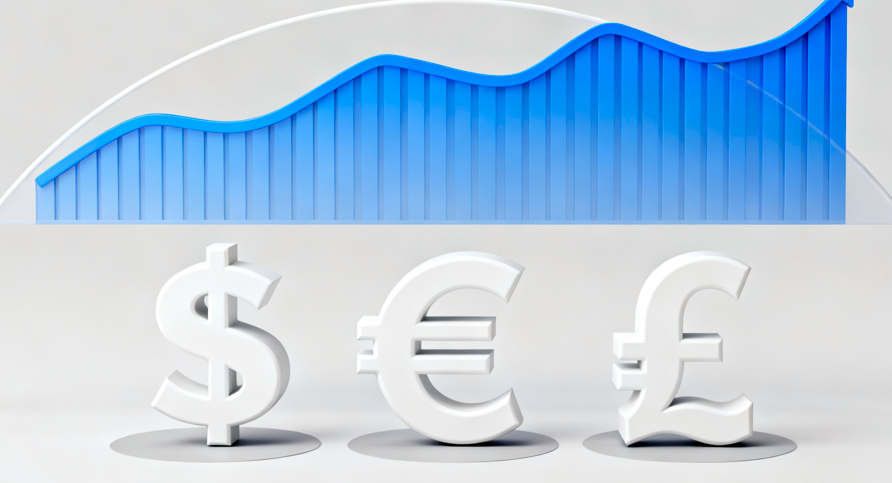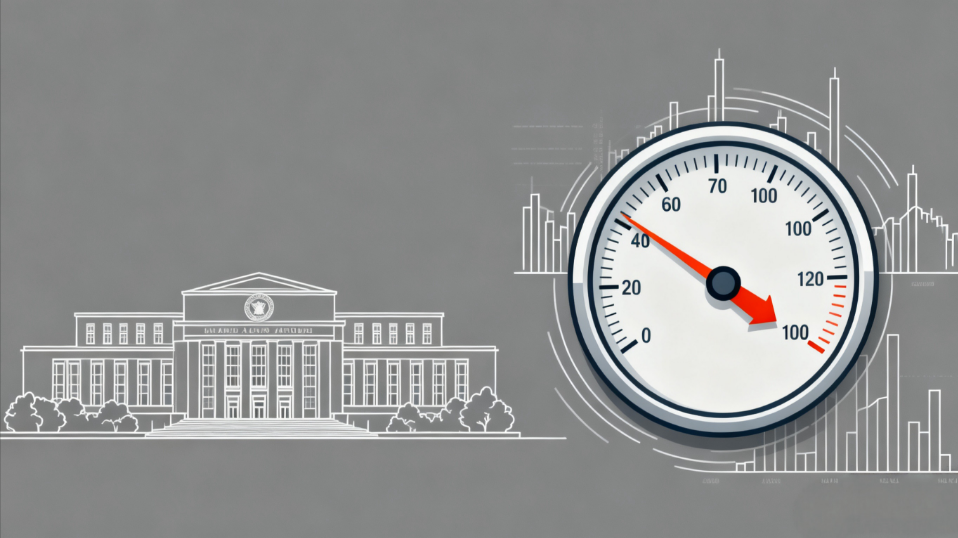
ECB Officials Say Rates Are Appropriate, but Calls for Cuts Lurk Beneath the Surface
With the inflation rate falling back to the 2% target as expected and the economy showing "considerable resilience," the European Central Bank's policymakers are collectively pausing at a critical juncture for monetary policy. Several Governing Council members have recently publicly stated that the current 2% deposit facility rate is "at an appropriate level," and the threshold for adjustment in the short term is "quite high." However, beneath the surface consensus, clear fissures have emerged among policymakers regarding the outlook for future inflation and the appropriate response strategy.
"We see the risks to inflation as very balanced," said European Central Bank Executive Board member Piero Cipollone in an interview. "We are in a good place... we will be close to target over the next two years." He further noted that although trade-related uncertainties persist, output across the 20-nation eurozone is still expanding, and growth is expected to return to its previous trajectory after slowing this quarter.
This assessment aligns with widespread market expectations. Since the last policy adjustment, the ECB has held the deposit facility rate steady at 2%. Investors and analysts generally believe the possibility of further rate hikes has been ruled out. The policy focus is shifting from combating inflation to ensuring its sustainability.
During the meeting of European finance ministers, central bank governors from several eurozone countries sent different signals. Latvian Central Bank Governor Martins Kazaks emphasized prudence: "We don't need to rush. As a central bank, we shouldn't be jumping around at every meeting." He clearly stated that the bar for a policy change at the October meeting is very high, and the real window for decision-making will be in December. By then, a new round of economic projections will provide a clearer picture, especially regarding the actual impact of US tariff hikes on the eurozone.
In contrast, Lithuanian Central Bank Governor Gediminas Šimkus showed a more proactive easing bias. "From a risk management perspective, it's better to cut rates than not to cut," he stated bluntly, adding that such a move would both help achieve the inflation target and support economic growth. He expects mid-term inflation is more likely to be below 2%, noting, "It's hard to imagine a scenario where inflation would be above target."
















